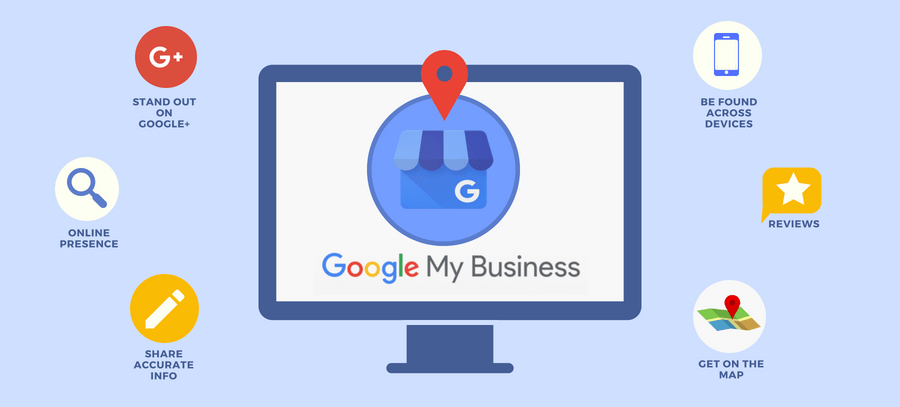
Running a successful business truly requires having the right workspace. If you run your business remotely, consider setting up shop at Business E Suites. We offer move-in-ready office space, as well as private and co-working spaces. Check us out today!

Hiring the right people at the perfect time has a significant impact on whether your business can make it in the long haul or not. Still, many business owners don’t have much experience in the process. To be successful in the long term, particularly if your venture is growing, your business will eventually need to find and hire people with various skill sets for various roles, including marketing experts and salespersons.
Business E Suites offers some insights as you consider whether to find help.
Strategies to Find and Hire the Right People
Sales and marketing employees will know your products and services inside out and are vital members of your team, playing a crucial role in securing new business, creating strategies, advertising your venture, and supporting existing client relationships. When you have a salesperson or a marketing professional in your team, you can further grow your business. Here’s how you can find them.
When Do You Need Outside Talent?
When the amount of work you do is overwhelming, it’s time to delegate some of these tasks to an expert. If you’re also planning to open a new shop or office, are developing a broader plan with specific goals, or are turning down clients because of the many projects you’re already working on, consider getting help by hiring an employee.
Create Compelling Job Descriptions
Writing a thorough job description that attracts attention is an essential part of the hiring process. The more compelling a posting’s title is, the more efficient you will be in stirring the interest of the most qualified people. Then, open the description with a captivating summary, keep it concise, and include the salient details of the job, like core responsibilities, soft and hard skills needed, daily activities, and more.
Where to Look
Social media can be a fantastic recruiting tool, allowing you to share job postings within your network and encouraging a two-way conversation. Online job platforms are even better places to look for manpower, as are freelance websites. A recruiting agency can also be a great resource, especially when you’re recruiting for a more specialized industry.
Spot Your Next Hire
There are a few attributes that distinguish great salespeople, including an achievement-focused personality and verbal acuity. A good marketing person is a strategic thinker and a visionary and is business-driven. Scour resumes and cover letters for evidence of these qualities, then look for other attributes that complement your team.
Narrow down your candidate pool by checking their reviews, recommendations, delivery time, and price to ensure they fit your work environment. After you’ve identified the person you want to hire, make an offer, and in it, specify the employment type you’ll provide. For instance, it’s common for remote workers and freelancers to be hired as independent contractors, and that configuration is highly recommended if you consider international remote hires or freelancers.
Survey the Home Team
Hiring and training new staff is quite an undertaking, and it can take some time to get your new hires up to speed. With that in mind, don’t overlook the talents of your existing employees. If you have people on your team who have the interest, ability and drive but lack knowledge and skills, it may be more cost-effective in the long run to help them expand their skill set through a degree or certification program. This can also be a great incentive for current employees, especially if you opt to cover tuition rates. Best of all, if you go with an online university, this gives your employees the chance to study and learn at their own pace, so their work obligations aren’t left faltering.
The Bottom Line
When it comes to finding, courting, and hiring great, skilled, and talented people, you need to be persistent and think outside the box. By using these strategies, you can quickly identify highly qualified and passionate experts ready to join your team.







/cloudfront-us-east-1.images.arcpublishing.com/tgam/B5B2MM4NGFEPDIVXOM2TFACWIM.JPG)


